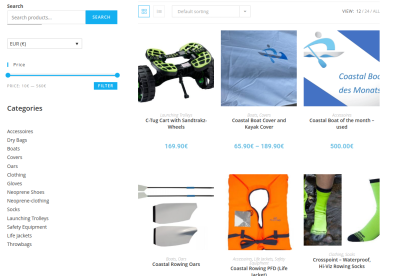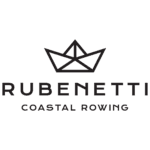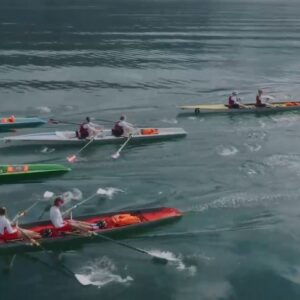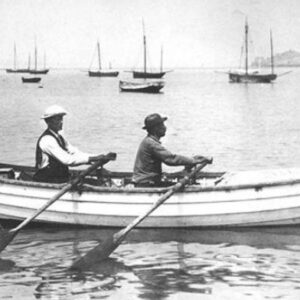The turn is the most important manoeuvre at the Beach Sprint. It is not only the turning point of the race but also often determines the winner.
FISA and World Rowing have given some tips on how best to row a buoy.

Approach: With the skiff you steer the buoy to port and row up to 2-3 meters. I wouldn’t touch the buoy, it just disrupts the turn. If the buoy is now at the level of your outriggers or your stretcher board, brake extremely sharply with the port skull. Use your chest to keep the oar in position.
Turn: To put it bluntly: brake inside and row outside. The bow now turns to port. Keep the brakes on port and row hard on starboard. Make short strokes rather than long strokes. Remember, the first 50% of the stroke has the greatest torque. Also important: Put the port rudder rather stern-heavy during the turn – this also increases the torque when turning during the beach sprint.
Then it’s just full speed to the beach
If you are now as good as around the turning buoy, it is important to accelerate. Full speed ahead! Adjust the course after 5-6 strokes into the direction of the beach. You can use the last slalom buoy for orientation. Even a rearview mirror – frowned upon or not – is very helpful. The return trip can also be critical again. Make sure you are on a straight course. Did you identify “landmarks” beforehand? Do not rely on the calls and advices from your colleagues at the beach. Your competitor’s helpers are screaming at least as loudly, and it’s hard for you to hear your people.






